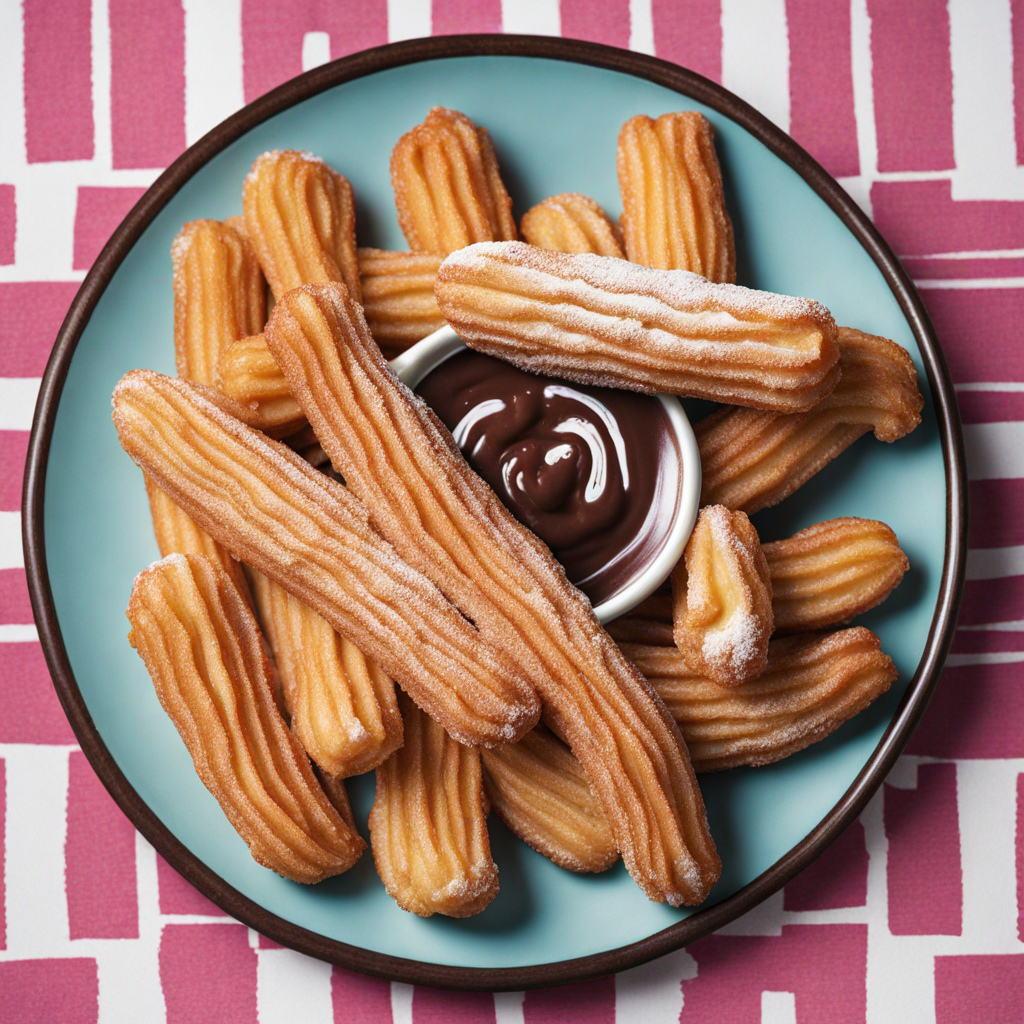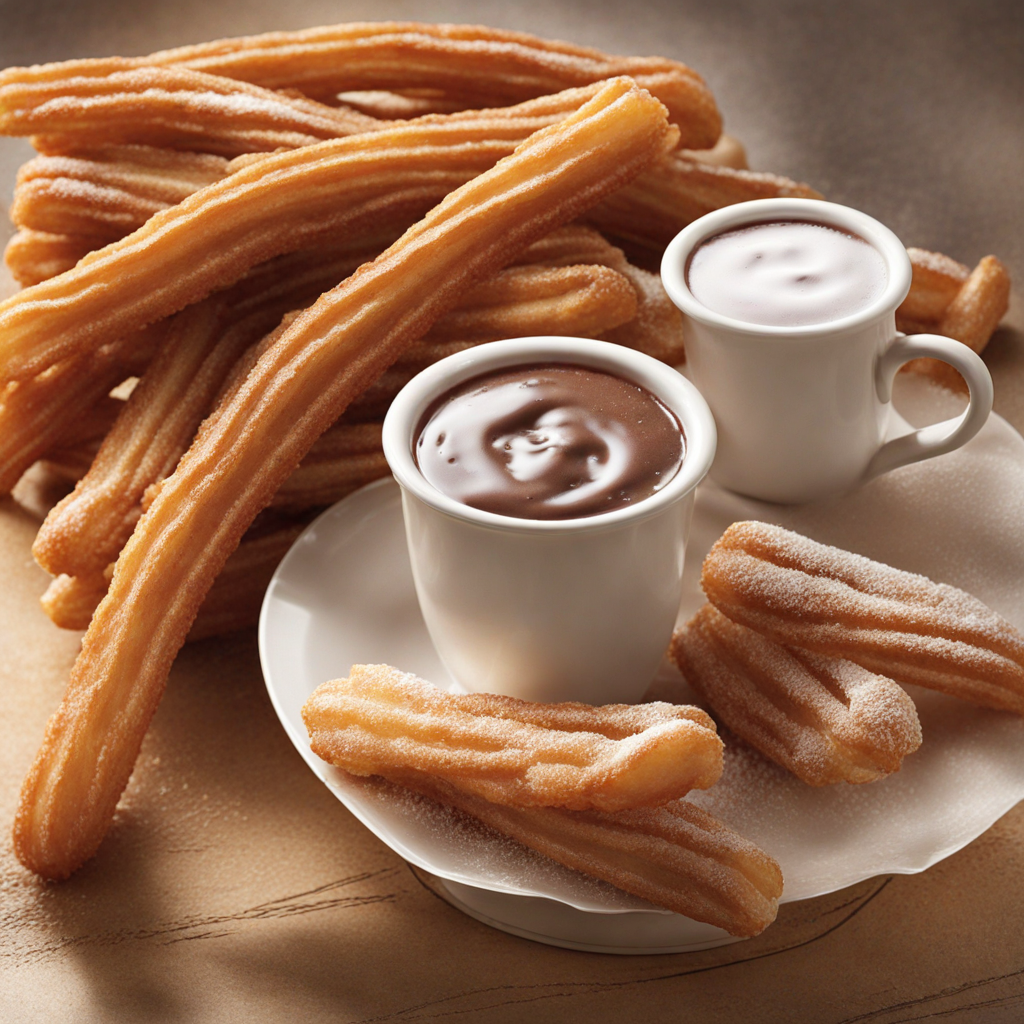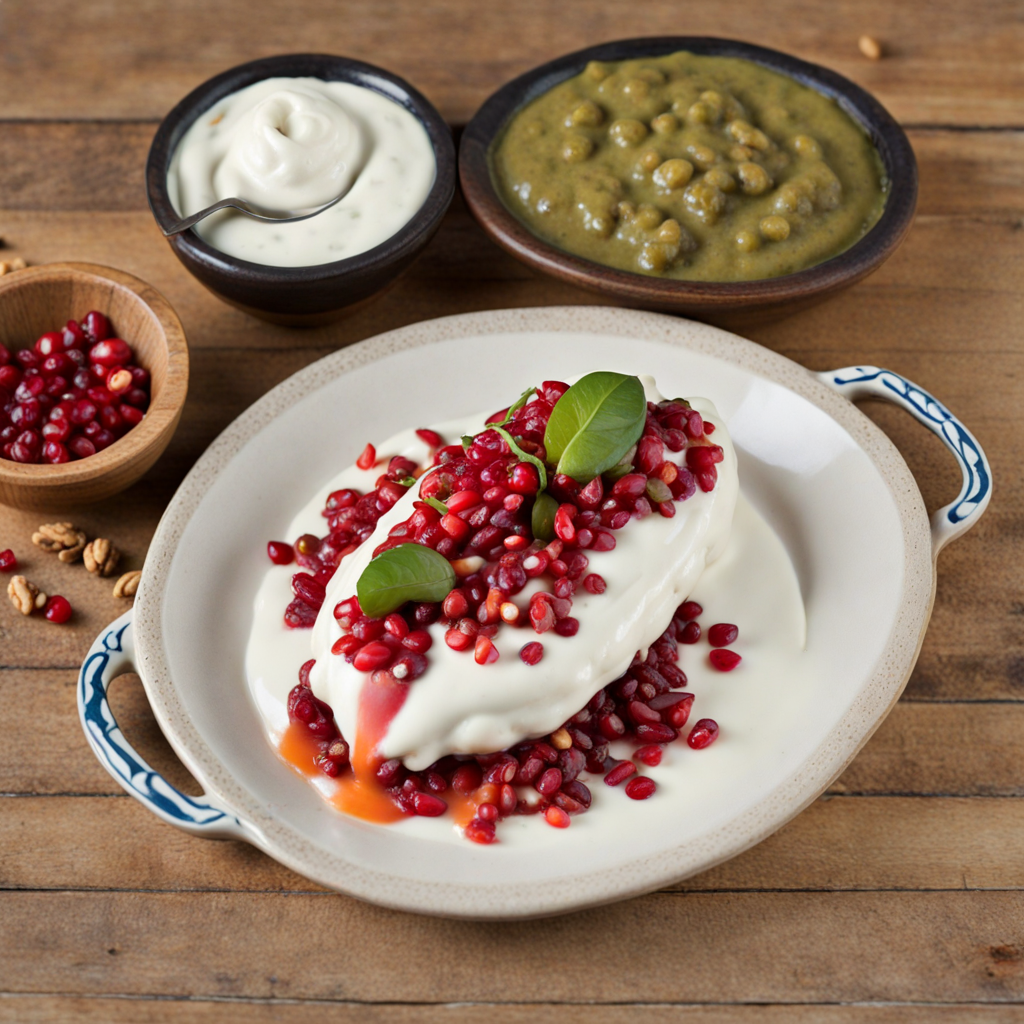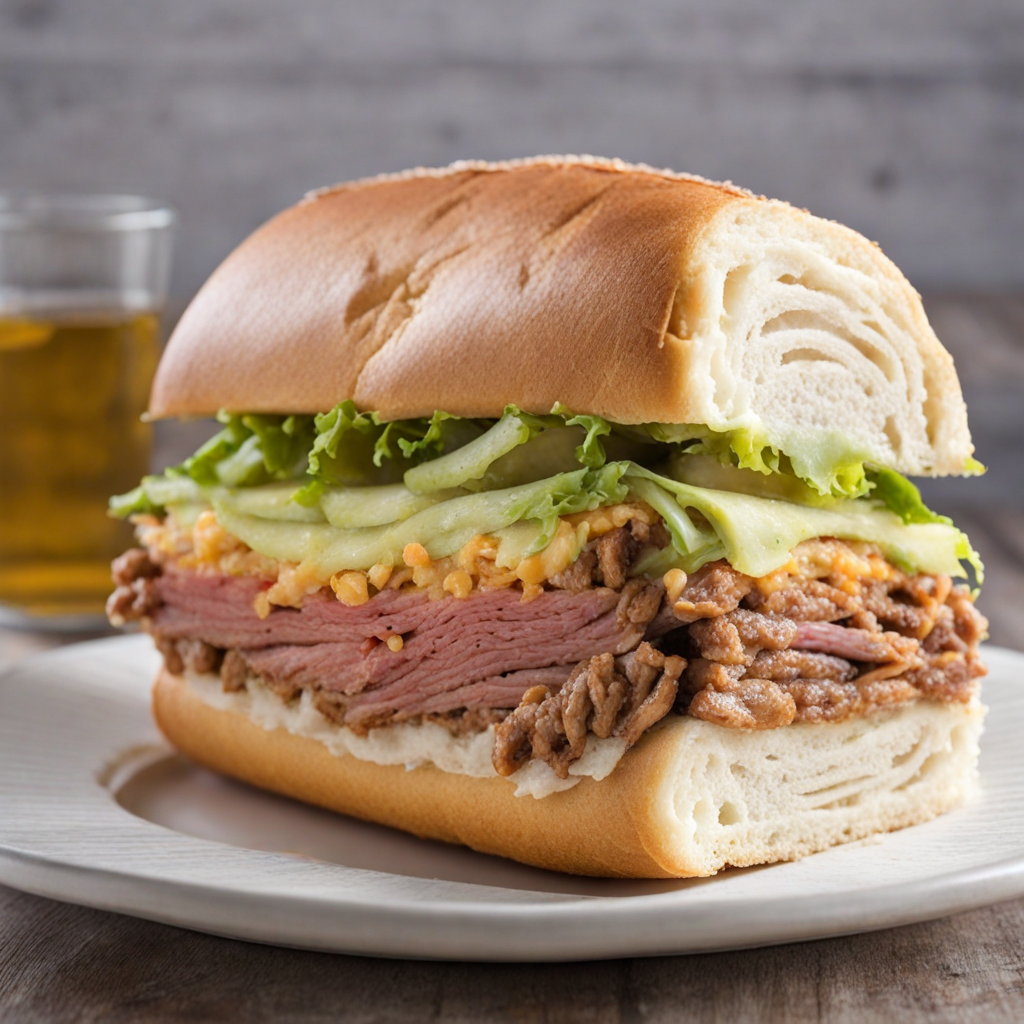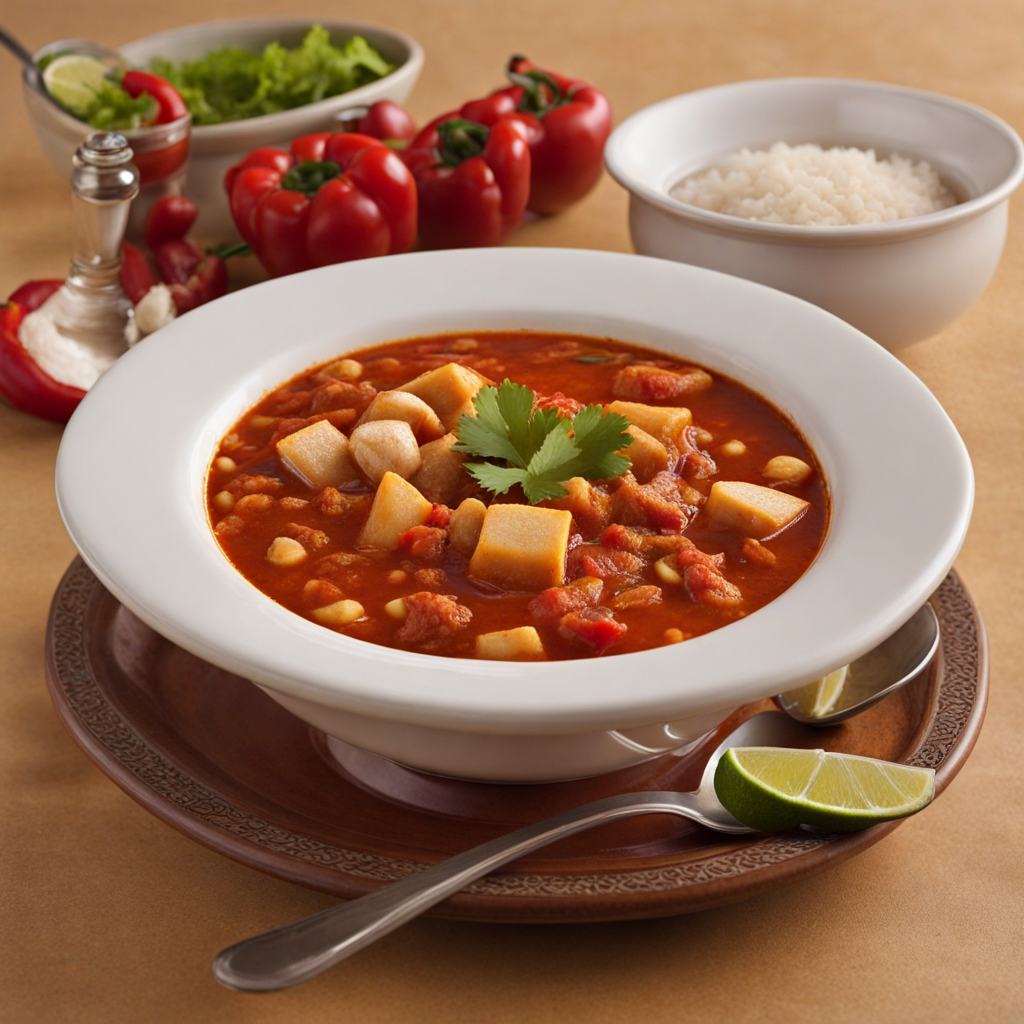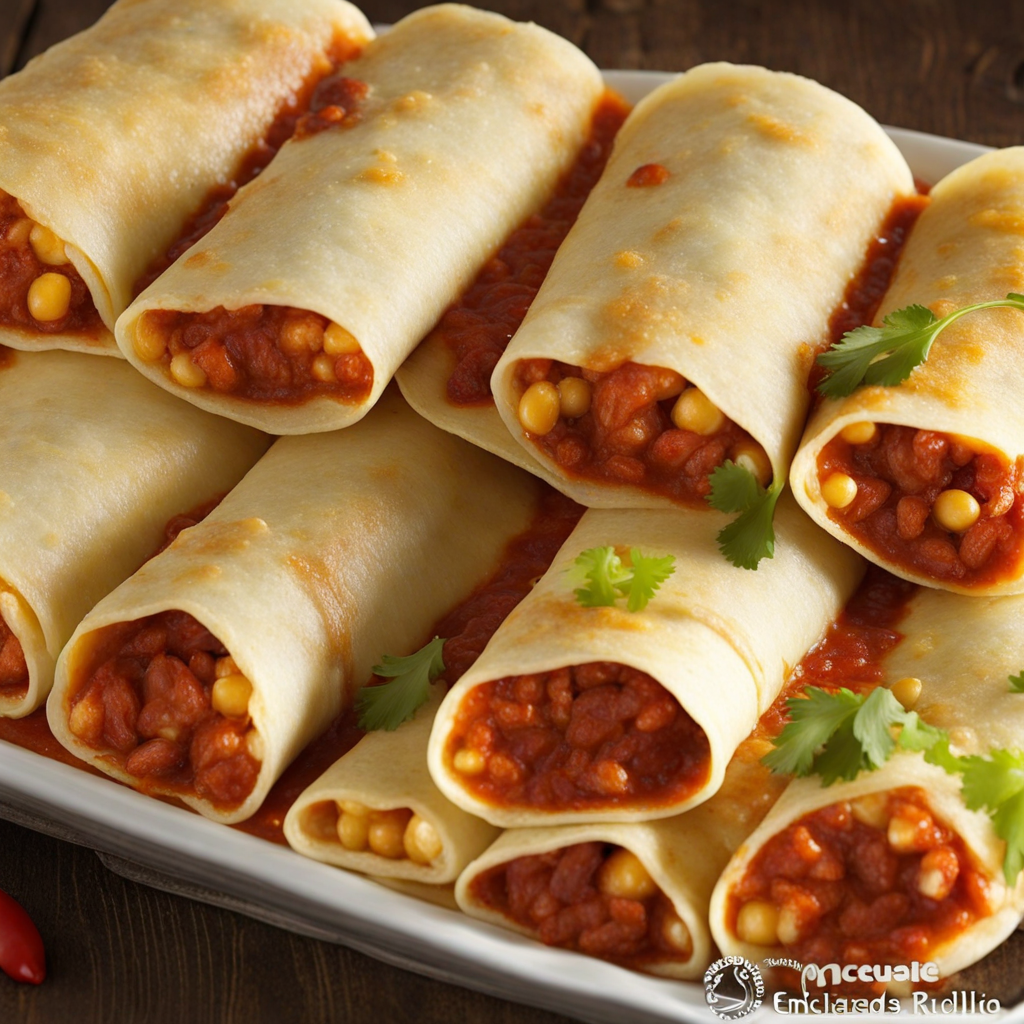Churros
Churros are a delightful fried pastry that has become a beloved treat not only in Mexico but also in many parts of the world. Their history can be traced back to Spain, where they were traditionally enjoyed for breakfast, often accompanied by hot chocolate for dipping. The name "churro" is believed to have originated from the name of the churra sheep, which is native to the mountainous regions of Spain. The Spanish brought churros to Latin America during the colonization period, where they evolved into the delicious snack we know today, incorporating regional flavors and variations. The flavor profile of churros is simple yet enticing. The outer layer is crisp and golden-brown, providing a satisfying crunch upon the first bite. Inside, the dough is soft, airy, and slightly chewy, creating a delightful contrast in texture. Churros are typically coated in a generous layer of granulated sugar, often mixed with cinnamon, which adds warmth and depth to their flavor. Some variations include fillings such as chocolate, caramel, or dulce de leche, enhancing the indulgent experience and offering a rich contrast to the lightness of the dough. The preparation of churros is relatively straightforward, although the technique requires some skill to achieve the perfect texture and consistency. The primary ingredients include all-purpose flour, water, salt, and sometimes a bit of sugar. To start, water is boiled with a pinch of salt and sugar, and then flour is added to create a smooth dough. This dough is then transferred to a
How It Became This Dish
The Delicious Journey of Churros: A Cultural and Culinary Exploration Churros, those delightful fried pastries that have earned a place in the hearts (and stomachs) of people around the world, have a rich and fascinating history that intertwines culture, tradition, and culinary innovation. Although their origins are often debated, churros are widely recognized as a beloved treat in Mexico and beyond, with a history that spans continents and centuries. #### Origins: A Culinary Convergence The precise origins of churros are somewhat murky, with multiple theories vying for attention. One of the most popular notions suggests that churros originated from the Spanish tradition of "churros," which were likely created by Spanish shepherds. These early churros were simple, fried dough sticks that could be easily prepared over an open fire and were an ideal snack for those in the remote mountainous regions of Spain. The name "churro" is thought to derive from the "churra" sheep, a breed native to the region where these treats were first made. Another theory posits that churros have roots in Chinese cuisine, particularly in the form of "youtiao," a long, deep-fried dough stick typically served with congee. This culinary influence may have traveled to Spain via the Silk Road, where the introduction of new cooking techniques and ingredients led to the creation of churros as we know them today. Regardless of their true origins, churros made their way to the New World with Spanish colonizers in the 16th century. Once in Mexico, this simple dough was embraced and adapted by indigenous cultures, leading to the creation of the churros we enjoy today. #### Cultural Significance in Mexico In Mexico, churros have become more than just a tasty treat; they embody a rich cultural heritage that reflects the fusion of indigenous and Spanish culinary traditions. Churros are often enjoyed during festive occasions, family gatherings, and street fairs, where vendors serve them hot and fresh, dusted with sugar and cinnamon. Their popularity is evident throughout the country, where they are often paired with thick, rich Mexican hot chocolate for a delightful breakfast or snack. Churros are also associated with celebration and community. Street vendors, often found in bustling markets and plazas, have made churros an accessible and affordable indulgence for all. The act of gathering around a churro stand fosters a sense of camaraderie, as families and friends come together to savor this delicious treat. Festivals and fairs may feature churro competitions, where vendors showcase their unique recipes, further highlighting their importance in Mexican culture. #### Evolution and Global Spread As churros gained popularity in Mexico, they began to evolve, taking on various forms and flavors. While the traditional churro is a simple, elongated pastry, many modern variations have emerged. Some are filled with chocolate, caramel, or cajeta (a type of goat's milk caramel), while others incorporate unique flavors like matcha or pumpkin spice. These innovations reflect the dynamic nature of Mexican cuisine, which is characterized by its adaptability and willingness to embrace new influences. The global spread of churros can be traced back to the early 20th century when they began to appear in the United States and other countries. In the U.S., churros became particularly popular in the Southwest, where they were embraced by Mexican-American communities. Street fairs and carnivals began to feature churros as part of their culinary offerings, often served alongside other Mexican delights such as tamales and elotes (corn on the cob). The 1980s and 1990s saw a surge in the popularity of churros, partly due to the rise of Mexican and Tex-Mex cuisine in mainstream America. Fast-food chains and snack bars began to offer churros as a sweet treat, further solidifying their place in American food culture. This commercialization of churros led to the creation of “churro bites” and other bite-sized versions, appealing to an audience looking for more convenient snacks. #### Churros in Contemporary Cuisine In recent years, churros have experienced a renaissance, with gourmet versions popping up in trendy dessert shops and restaurants around the world. Chefs and food artisans have taken the classic churro and elevated it to new heights, experimenting with unique fillings, toppings, and presentations. For instance, churros may be served with an array of dipping sauces, including chocolate ganache, fruit purees, and even savory options like cheese fondue. Moreover, the rise of social media has played a significant role in the resurgence of churros. Instagrammable dessert creations, often adorned with colorful toppings and artistic presentations, have captured the attention of food enthusiasts and influencers alike. This digital age has not only allowed churro vendors to showcase their creations but has also inspired home cooks to experiment with churro recipes, leading to an explosion of creative variations. #### Churros: A Symbol of Unity While churros have evolved and adapted over time, their core essence remains unchanged—an emblem of joy, community, and indulgence. In Mexico, churros are often enjoyed as part of a leisurely breakfast or an afternoon snack, providing a moment of respite in a busy day. Their presence at celebrations and gatherings reinforces their role as a symbol of unity, bringing people together to share in the simple pleasure of good food. In a world that often feels divided, churros remind us of the power of food to transcend cultural boundaries. From their humble origins to their status as a global phenomenon, churros have become a culinary bridge, connecting diverse cultures through a shared love of delicious, comforting treats. #### Conclusion The history of churros is a testament to the dynamic nature of food and its ability to evolve while retaining its cultural significance. From their origins in the mountains of Spain to their beloved status in Mexico and their global appeal, churros have captured the hearts and palates of many. As we continue to enjoy these delightful pastries, it is essential to remember the rich history behind them—a story of culinary adaptation, cultural fusion, and the enduring joy of sharing food with others. Whether enjoyed at a street fair, a family gathering, or a trendy dessert shop, churros remain a delicious reminder of our shared human experience.
You may like
Discover local flavors from Mexico


